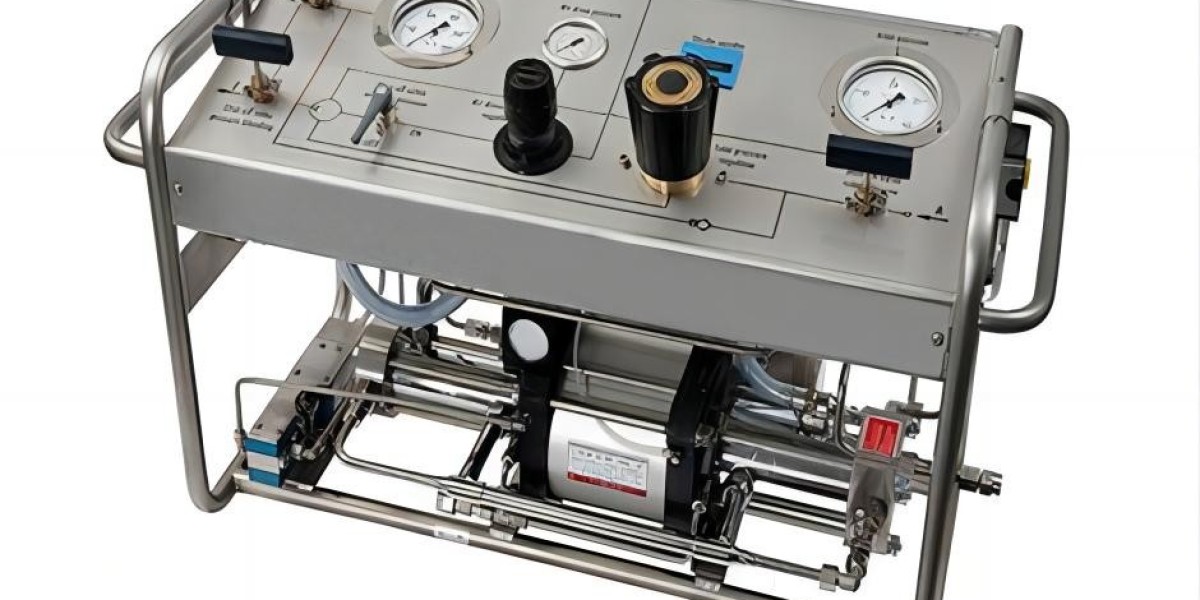Key Components of an Oxygen Booster Pump
An oxygen booster pump's key components include the air/oxygen inlet, compression chamber, pistons/diaphragms, cylinder/pressure vessel, intake and exhaust valves, drive mechanism, cooling system, pressure relief valve, pressure gauges, filtration system, seals/gaskets, control system, and outlet connection. These components work together to boost the pressure of oxygen in a variety of applications in an effective and safe manner.
Main Application of Oxygen Booster Pumps
Oxygen booster pumps find essential applications in various industries where a reliable and elevated supply of high-pressure oxygen is crucial. Some main applications include:
- Food and Beverage Industry: Oxygen booster pumps assist in aeration processes for wastewater treatment in the food and beverage sector.
- Energy Production: Oxygen booster pumps play a role in power generation processes, such as combustion for energy production and gasification.
- Emergency Services: Firefighters and emergency responders use oxygen booster pumps for refilling oxygen cylinders in self-contained breathing apparatus (SCBA) systems.
- Oil and Gas Industry: Oxygen booster pumps can support enhanced oil recovery techniques and other processes that require high-pressure oxygen injection.
- Environmental Monitoring: Oxygen booster pumps aid in environmental testing and monitoring where precise gas mixtures are required.
- Waste Management: Oxygen booster pumps contribute to waste treatment processes that require oxygen injection for decomposition and microbial activity.
- Electronics Manufacturing: Oxygen booster pumps assist in controlled atmosphere environments for semiconductor manufacturing and other electronics processes.
These applications showcase the versatility of oxygen booster pumps, ensuring a reliable source of high-pressure oxygen for critical processes across a wide range of industries.
Safety Measures Should be Taken when Operating an Oxygen Booster Pump
When operating an oxygen booster pump, ensuring safety is paramount due to the nature of handling high-pressure gases. Here are essential safety measures to consider:
- Cooling System: Monitor the cooling system to prevent overheating. Adequate cooling is essential to maintain safe operating temperatures.
- No Smoking: Prohibit smoking in the area where the pump is operated, as oxygen-rich environments increase fire risks.
- Regular Maintenance: Follow a routine maintenance schedule to inspect, clean, and service the pump components. Well-maintained equipment is less likely to malfunction.
- Risk Assessment: Conduct a thorough risk assessment before operating the pump to identify and mitigate potential hazards.
- Signage: Clearly label the pump and the surrounding area with safety instructions, warnings, and emergency contact information.
- Isolation and Lockout: Implement isolation and lockout procedures to prevent unauthorized access or operation of the pump.
Conclusion
The oxygen booster pump is vital across industries, ensuring a steady supply of high-pressure oxygen. From medical care and industry processes to research and emergency services, it enhances efficiency, safety, and reliability. This tool is essential for critical applications, contributing to medical treatments, industrial operations, and scientific advancements.
If you are interested, click here to view more information.



